Student Book Review: They Both Die At The End by Adam Silvera, reviewed by Ella McCutcheon11/23/2021 Every week, Volumes will feature a new review from one of your St Cuthberts classmates. Want to write one of your own? It's easy! Email [email protected] with the subject line 'Book review request' to find out more.
This week, Ella McCutcheon (Year 9) explores Adam Silvera's thrilling sci-fi They Both Die At the End. They Both Die at The End by Adam Silvera is a Sci-fi novel where you receive a phone call telling you only 24 hours to live. Total strangers, Mateo and Rufus, connect through an app with an aim to live their entire lives in a single day. It’s a standalone, written from the different views of the characters throughout the 5th of September 2017 (The same day it was published). My favourite part of this book was the timestamps: 2:12 pm-2:22 pm, because, in the midst of chaos and confusion, we get this little excerpt of character development and bonding between the two main characters. They decide to take a break from all the panic and fear from the previous chapters and take time to play on some monkey bars and act like little kids. The book is very centred on the theme of upcoming death, and that makes the rest of the book quite gloomy, heavy and suspenseful, leaving the readers on edge the whole book, which adds to the mystery of the ending. But in the quick 10-minute difference we see the characters take a break from worrying about what’s happening in the future and focus on the current moment they’re in. They take a moment to stop and accept the apparently inevitable, one of them gives away his prized possession to a teenager nearby, which showed us how much he’s matured in the short 14 hours we see him. We see the characters unwind and enjoy each others company for a while and put their problems away for 10 minutes. This is where the characters move from being strangers to friends and they share stories and experiences together, forming a bond and connection between them that we haven’t seen before. Two things I thoroughly enjoyed about this book was the structure, the first was the way the chapters were all time-stamped, almost like a diary, and the point of view is listed at the top of the page. This helped readers understand some of the motives and reasoning behind the characters actions, and how specific outcomes affected them. It gave me a solid idea of their different backgrounds and how they grew throughout the book. It also was interesting because we got to see the supposed ‘antagonist’ planning their final moves and the thoughts and organisation that went into it. Another thing that I thought was a nice touch, was the way the book is split into 4 separate parts: Death-cast, The Last Friend, The beginning and The End. These parts separate the 4 stages the boys went through from start to finish: Part one; Death-cast, is where we see one of the two main characters named Mateo, receive a call that he’s going to die today and his reaction, the next part is where he meets a stranger Mateo, through an app. The second to last part is the two of them bonding and spending time together, and we see the character development take place while seeing the supposed antagonist plotting his scheme. Lastly, in ‘The End’ the action takes place, there are some guns fired and clubs escaped from, and if you want to hear the ending, read the book. One way this book could be improved is by adding a deeper purpose to the text, the whole storyline revolves around how two boys are supposedly going to die, and how much their characters change in the 22 hours they spend together. But outside of that, there isn’t a solid plot line or a vendetta that needs to be justified. It’s simply 2 people bonding over the idea of death and living nevertheless. It’s hard to see a point to a plotless book with an inevitable ending, but that’s kind of the irony of reading it, you’re sabotaging yourself due to the title drawing in your curiosity. This book could have built on one of the boys needing to repay a debt or trying to prevent a certain action from happening. Instead, it’s two boys counting down the minutes until their last breath. This book has so much potential to be a mystery or romance book, but I think the main reason the author chose to write this book without a clear purpose is to convey the message that even though we are young and healthy and think we have forever, we don’t. We’re all on a timer, we just down know how long until it goes off. So we need to live in the moment and remember our days are numbered. To summarise, ‘They Both Die at The End’ by Adam Silvera is a heart-wrenching, LGBTQ+, YA, fiction piece that focuses on two strangers named, Mateo and Rufus. They both received a call to tell them they were dying in the next 24 hours. It focuses on how they spend their last day living on the verge of death. A favourite part of mine was when the boys slowed down for a minute and bonded over talking in a park and catch up with each other. I really enjoyed the formatting of this book which included a diary layout with time stamps and separate points of view. And also how the author decided to separate the 4 main ideas of the text, by physical pages. I personally thought the writer could have added more plot into the book apart from the message that we only live once. Overall I recommend you read this book if you like something heartwarming and wholesomescc.wheelers.co/title/9781471166211/epub with a twist that you’ll never see coming. Keen to read? You can check out Adam Silvera's They Both Die At the End at the Frances Compton Library, or pick up an e-book copy!
0 Comments
Every week, Volumes will feature a new review from one of your St Cuthberts classmates. Want to write one of your own? It's easy! Email [email protected] with the subject line 'Book review request' to find out more.
This week, Xinxin Zhu (Year 9) explores Lois Lowry's classic The Giver. The Giver by Lois Lowry is a fictional story that was originally published in 1993. It is first set in an utopian community, but is revealed as dystopian as the story progresses. We learn that sometime in the past, the community where Jonas, the main character lives in, decided to eliminate pain from people's lives, and they created what is called ‘sameness’. They wiped out the actual memory of pain such as what had been suffered throughout human history, like war, and without the memory of it, it meant that society could not be affected by any type of regret or grief, since they can’t remember the events that hurt them. However, without memories, the community could repeat the past errors, so they designated one person as the Receiver of memories. Jonas had been selected, and he had to aid the community's decision making and draw wisdom from history. A truly significant part of the book is when Jonas learns the truth about his life. It all started off smoothly when the first memory that was transferred to Jonas was of a sled riding downhill in the snow. He felt his first sense of true happiness, and was amazed by emotions he never knew existed. However, as time passed, he soon realized that the community he lived in gave up all these memories of happiness, love, and more in order to live with peace, and perfect harmony. He found out that living without pain, envy, anger, suffering, and even hate, is impossible without sacrifice of the good. The burden that Jonas had to carry on his shoulders was massive. He now knows that there are a billion more things in life, but can only watch oblivious people going about their daily tasks, while keeping all this information to himself. However, this did not last long for Jonas. One day, he learns of something terrible, and this realization made Jonas determined that the community needed change. He could not bear the weight anymore. Jonas knows that if the plan succeeds, his actions will be irreversible – but would you agree with what he did? I guess that’s up to you to decide. The Giver was inspired by many experiences throughout Lois Lowry’s life, including her interaction with her father, who at that time was starting to lose his memory. Although her novel is mostly aimed at young teens and children, I would recommend this book to anyone who likes to wonder about the future or loves dystopian books. This book contains so much meaning for its short length; only about 200 pages or so, which adds to the reason why I recommend it so much. It is one of a few young adult books which leaves the ending up to you and you have a choice in what it means. This book comes in a series of 4 and has also been made into a movie. Overall, this novel shows us how it can be tempting to live in a walled-in world where violence, poverty, and injustice technically does not exist, but we learn from the people living in the community that being in a sterile world for so long promotes the danger of losing the real emotions that make us human. Just think about how scary it would be if this new dystopian world in the book The Giver created was our future; it makes me truly grateful that we can live a life filled with not only the good emotions, but hurtful ones too. Keen to read? You can check out Lois Lowry's The Giver at the Frances Compton Library, or pick up an e-book copy! Every week, Volumes will feature a new review from one of your St Cuthberts classmates. Want to write one of your own? It's easy! Email [email protected] with the subject line 'Book review request' to find out more.
This week, Tabitha Snowsill (Year 9) explores George Orwell's classic Animal Farm. George Orwell’s Animal Farm looks into the political strategies in which politicians use to maintain power. The story depicts a democracy turn into autocracy, finally turning into totalitarianism. The pigs use threats of violence and physical violence to control the animals. Even though watch dogs are put in place, some still question Napoleon, the dictator of the farm. Knowing that physical intimidation is not enough, Napoleon also relies on songs, phrases, and mottos to stay in control among the animals. It becomes clear that the author is telling us that social power is more important than violence is. The pigs use phrases, poems, and songs to keep the animals compliant. The pigs quickly realize that to brainwash the animals, their sayings must be easy to remember. Knowing this crucial piece of information, they are able to change from written commandments to a single, short catchphrase ‘four legs good, two legs bad.’ The motto’s purpose was to make the animals feel as though they and the pigs were really one in the same, with a common enemy being ‘two legs’. This helps the other animals trust and adore their leaders rather than fearing them, which is a great example of propaganda. Many organizations with corruption problems have over time taken advantage of populations with low intelligence which in this case is the sheep, such as the US military which sets aside how Orwell’s opinion on manipulating those less intelligent is still prevalent today, although this case being an extreme example. Animal Farm could help people look back at themselves, and try to realize the propaganda they’ve believed in themselves. The animals start using the pigs’ slogans. With this controlling effect, when Napoleon’s decision to trade farm stock to humans was not well supported, the dogs were initially used to help silence the animals. This worked for a while, but it was only until the sheep started reciting ‘Four legs good, two legs bad!’, that the animals rooted for Napoleon. This scene shows the contrast between brutality and speech. This is a relevant example of many movements even at the time of writing this, where many countries were operating until they overstepped the boundaries of what people want, and now suffer the consequences even if society requires the overstepping. George Orwell’s books have aged like fine wine in this department, showing the average person’s view using the different perspectives of society at the time. Altogether this book contains ideas of propaganda, brainwashing and mottos, which sets a great allegory to the USSR and the types of political landscapes within that time, showing how over time one kind of unrest can transfer into larger amounts after a great amount of brainwashing. This book’s allegory to the USSR is also well written, abstaining from plot holes with great parallels from Soviet Russia to a farm in England. In the end, my review of this book is a 10/10, it had fully engaged me whilst reading, creating a great page-turner as I had to put everything on pause to get to the next chapter, as one of Orwell’s political classics it never ceases to leave me with other political questions to analyse and always ends up with those changing their political philosophy. Keen to read? You can check out George Orwell's Animal Farm at the Frances Compton Library, or pick up an e-book copy! Light It Up by Kekla Magoon
Reviewed by Mrs. Walker Light It Up is an extremely topical novel about racism and police shootings in the USA. The tragic events that take place in this book are, sadly, exactly what has just made headline news around the world, “Georgia killing echoes brutal days of vigilante lynchings”, (NZ Herald 11/05/20, p.A23). Yet another young, unarmed, innocent, black man, gunned down by white supremacists, who claimed they thought Ahmaud Arbery was a burglar. He just happened to be going for a run when he was attacked and shot. The opening scene of Light It Up describes The Incident, which has just happened. A young girl, only thirteen, is running home in the Winter dusk, when she is shot in the back by a police officer. In a very dramatic format, fifteen different characters, or voices, including TV interviews, prose poetry and a Twitter feed develop the story. This book is a fantastic read; perfect for reluctant readers in years 9 & 10, who want short chapters, great male and female characters they can relate to, and a good strong theme. It’s a very sad story, which broadens our understanding of current social history. I recommend this novel to everyone who has enjoyed The Hate U Give, or The Help. As the author, Kekla Magoon, says in her acknowledgements, she hopes her book will bring “awareness to acts of bias and violence occurring in our midst. I hope the book sparks conversation, reflection, and a desire to work for equality and justice for all.” The Wolf Hall trilogy and The Mirror & the Light, by Hilary Mantel
Reviewed by Mrs Walker With millions of other eager Hilary Mantel fans, I seized my copy of The Mirror & the Light just before Covid-19 threw the country into lockdown. It sustained me for the first two and a half weeks in brilliant fashion. The Wolf Hall trilogy is a literary masterpiece and Mantel’s devoted readers will, like me, have revelled in all its many pages of historical drama, pageantry and intrigue. The three books tell of the rise and fall of Thomas Cromwell; a fascinating character, a truly self-made man with remarkable talent who, under the patronage of the ill-fated Cardinal Wolsey, eventually comes under the eye of King Henry VIII. Five hundred years of history fall away as Hilary Mantel brings the Tudor world to life, in all its deadly richness. This a world where everyone knows their place and you’re supposed to stay in it, all your precarious life. Thomas Cromwell’s amazing rise from the dregs of Putney, running away from home at the age of fourteen, escaping from his brutal father, Walter, a local brawler, blacksmith, and brewer of bad beer, to become King Henry’s right hand man, the person to whom the king entrusted all power and the reins of state, is utterly astonishing. This BBC/Hulu adaptation of the hit novel about the on-again, off-again relationship between two Irish teenagers captures the beauty and brutality of first love perfectly
|
Archives
December 2023
Categories
All
|
ServicesPrint, digital and audiovisual loans
Reader's advisory services Reference queries Research Print and copying facilities Individual, group and class lessons |
Contact HOURS
|
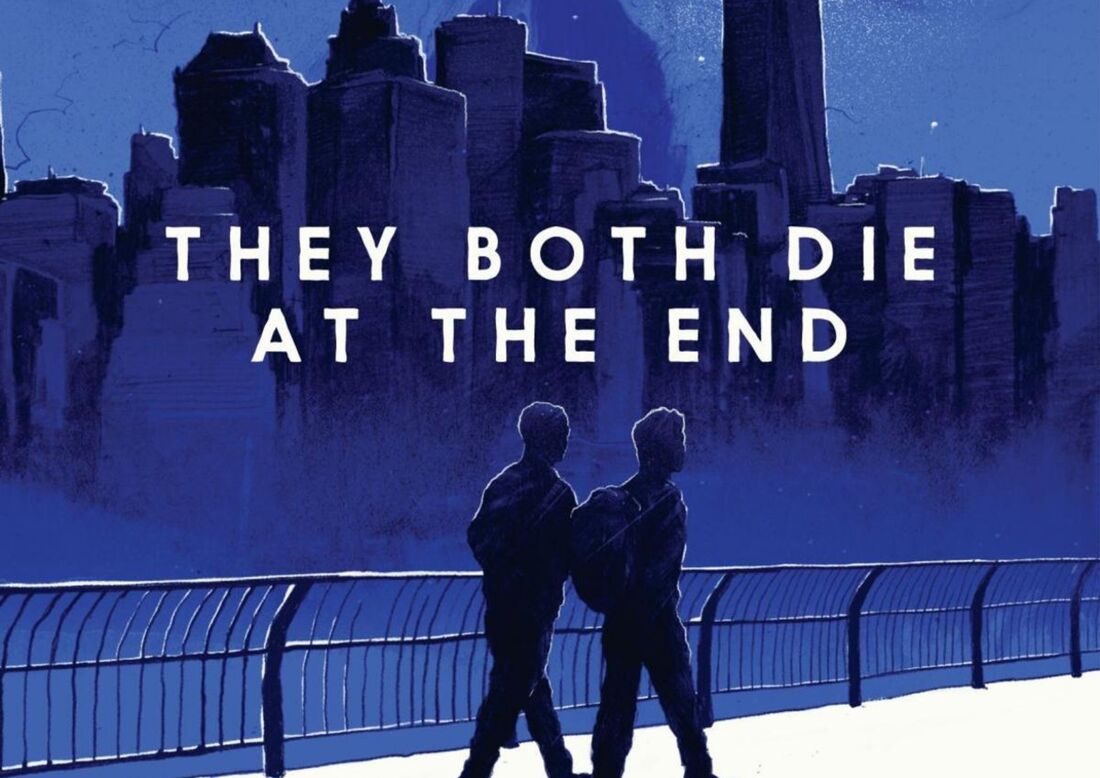
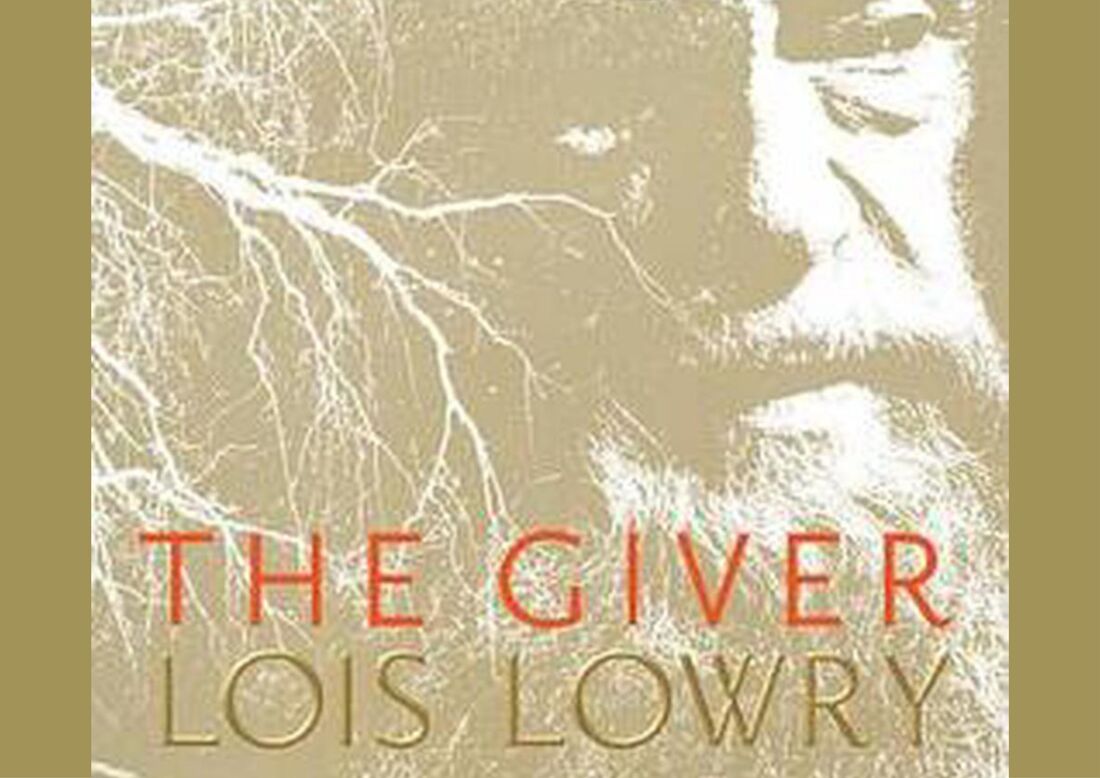
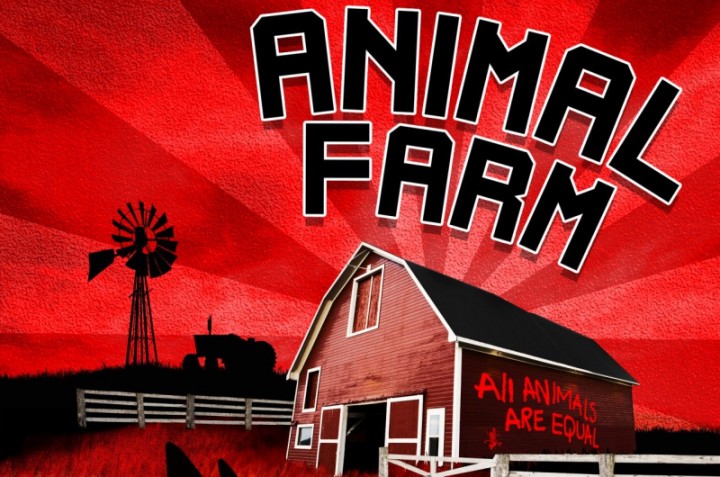
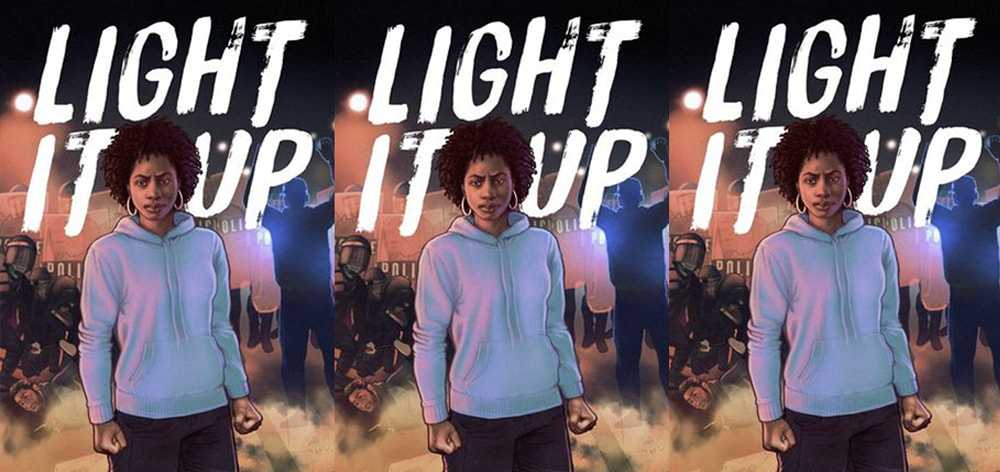
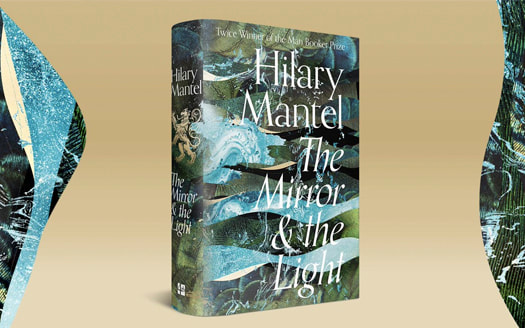
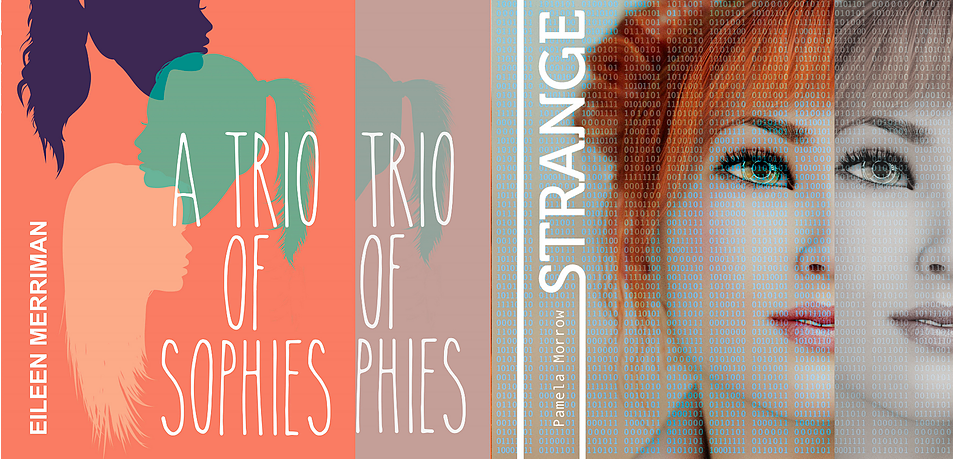
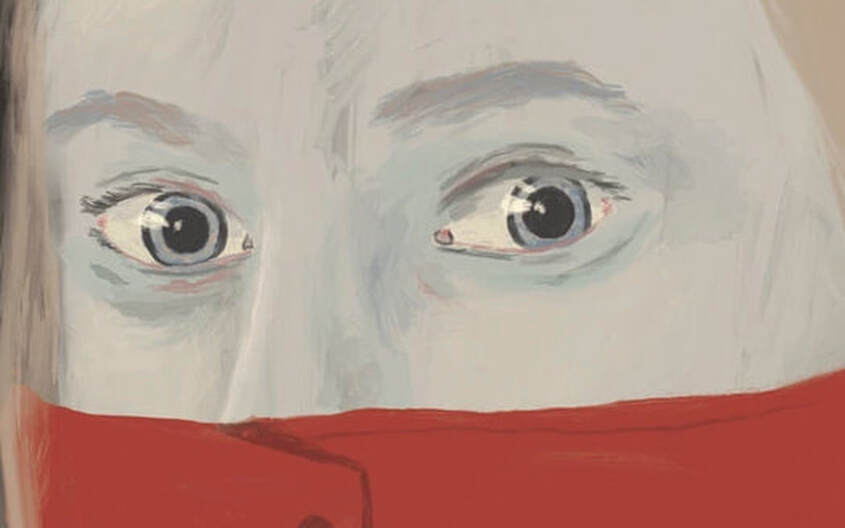
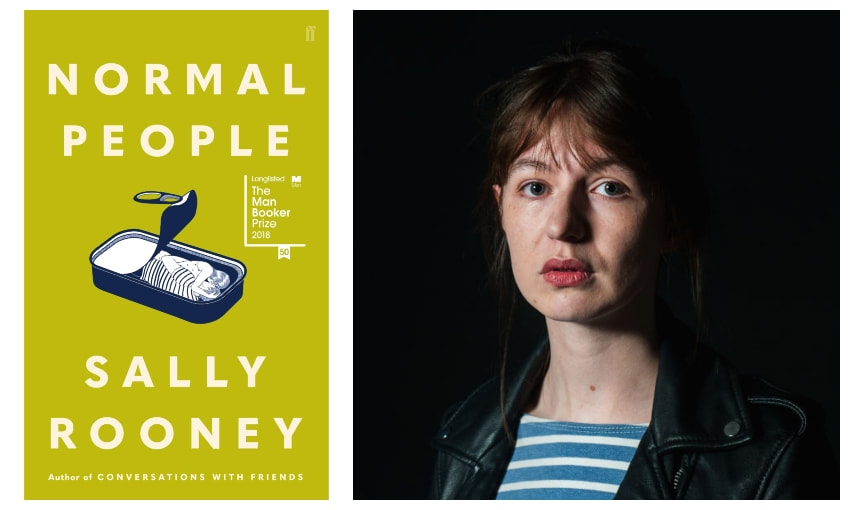
 RSS Feed
RSS Feed